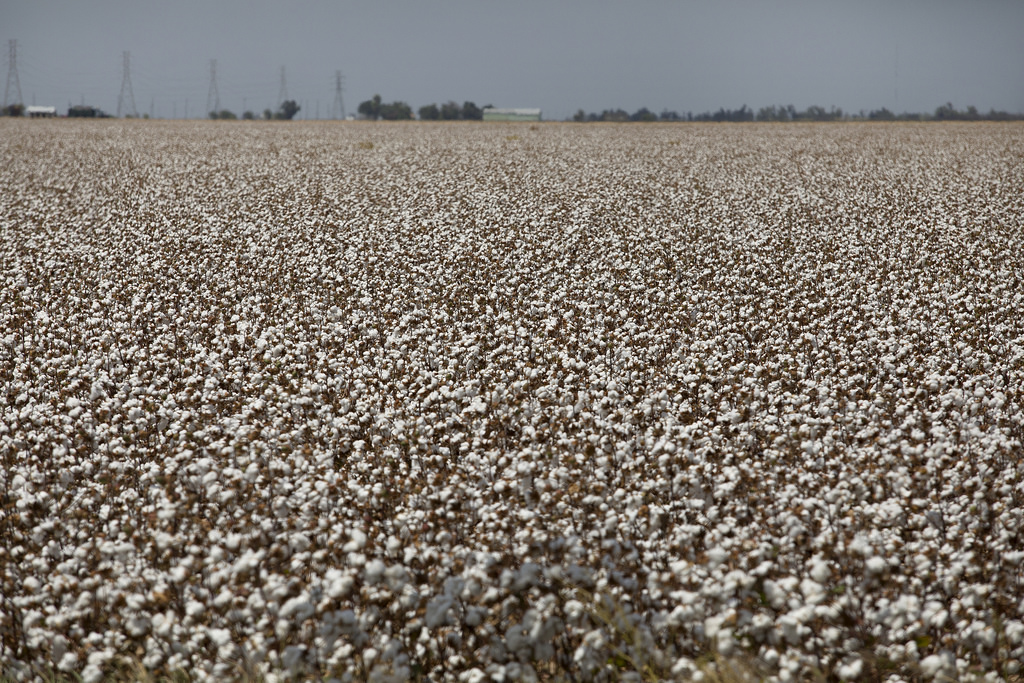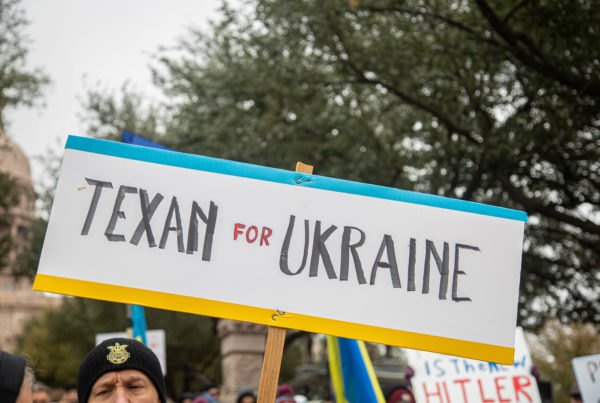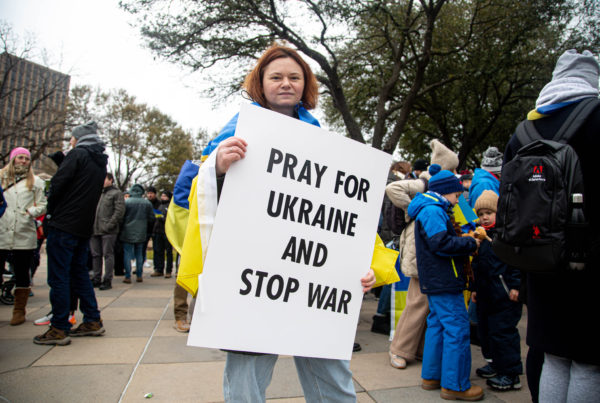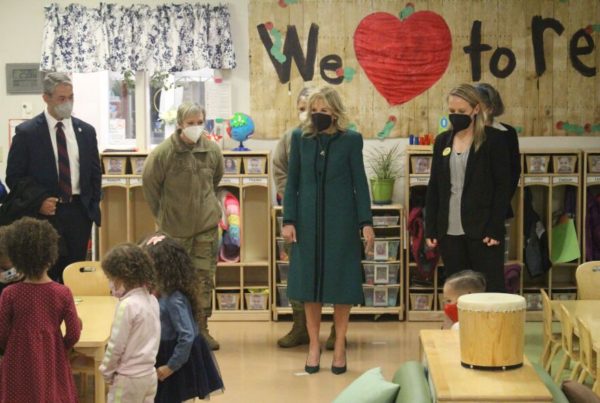Farmers in Texas are already feeling the ripple effects from Russia’s invasion of Ukraine.
Shortly after the conflict started, prices jumped for crops that Ukraine exports, like corn and wheat.
That could create an opportunity for Texas producers, according to Luis Ribera, professor of agricultural economics at Texas A&M University. He spoke to Texas Standard about what it means for farmers and consumers alike. Listen to an interview with Ribera in the audio player above or read the transcript below.
This interview has been edited lightly for clarity.
Texas Standard: We’re only a couple of days into Russia’s invasion of Ukraine, but what effects have you seen when it comes to commodity prices?
Luis Ribera: Definitely more volatility on the prices, although they have come down a little bit today. But yesterday they reacted to the invasion: wheat prices and corn prices went up, oil prices went up as well. Now they’ve come down a little bit, but still, oil is close to $100 a barrel, so it’s still uncertain, and that’s what the markets are reflecting. They don’t know what what’s going to happen, so there’s a lot more ups and downs.
What might this mean for farmers in Texas if there are fewer food commodities, or more expensive food commodities, based on what the markets are doing?
Again, it goes back to uncertainty. Russia and Ukraine are not major markets; they used to be. Russia used to be about a $1.5 billion-$1.6 billion market for us. But that was before 2014. And you’ll recall in 2014, that’s when Russia invaded Crimea, so from then on, exports to Russia have come down. We’ve put some sanctions to Russia, and Russia stopped importing U.S. agricultural products. So we went from about $1.6-billion-$1.7-billion market to now it’s about $250-million-$300-million market.
Now Russia is about the 50th country that we export in terms of value and Ukraine is about 80th. So they haven’t been a big market for us right now. But they produce a lot of agricultural products, mainly wheat. So that means that wheat prices are more volatile, but there’s opportunities for U.S. wheat and Texas wheat to find markets that used to be Russia’s and Ukraine’s markets.
When you see commodity prices spiking like this, what do you do as a farmer? Do you start planting corn and wheat and and hoping that the uncertainty will ultimately pay off dividends?
Again, you know, it’s just reacting to news. And I think if you look at the futures market for these commodities, try to forward contract and try to lock in a price for a percentage of your production just to make sure that you have some locked in and then figure out what’s going to happen.
Do you anticipate that we’ll see more wheat and corn grown in Texas this season as a direct consequence of this conflict?
Maybe. But you have to look at the overall picture. When you look at all the commodities prices, when you look at soybeans, for example, over $16 a bushel; when you look corn, when you look cotton, for example, that is very important in Texas, $1.20, $1.22, they compete for acreage with other crops. So you have to look at overall picture and see what are you competitive and comparative advantages.
Here in Texas, I think we’re going to see a lot more cotton because the price of cotton right now is really, really good. That might take some acreage from wheat, that might take acreage from other things like corn, which we don’t produce that much. But you have to look at the overall picture.
Part of that overall picture includes the price of inputs like oil and fertilizer, and those are also increasing. Is that going to affect farmers who are trying to take advantage of the gains from higher commodity prices in the short term?
Yes, definitely. You’re exactly right. Prices are great but at the same time input prices are way up as well, from fertilizer all the way to Roundup. So that’s going to play a major role of what portfolio of commodities producers decides to produce this year.
What do you see as the long-term effects here?
It’s really unknown. We really don’t know what Russia’s intention after the short and long run, but I see opportunities. I see a lot more uncertainty and volatility, but I see opportunities for U.S. producers to try to capture more of the international market for agricultural products.
Do you see food prices for everyday Texans going up as a result?
Yes, but it will be really hard to figure out what part of that is inflation and what part of that is the war. Right now, we’re coming off of a really high inflation. We don’t know if it’s going to continue or if it’s going to come down in 2022. But again, just throwing a war, it always adds uncertainty, and to separate both will be really hard to do at this point.















